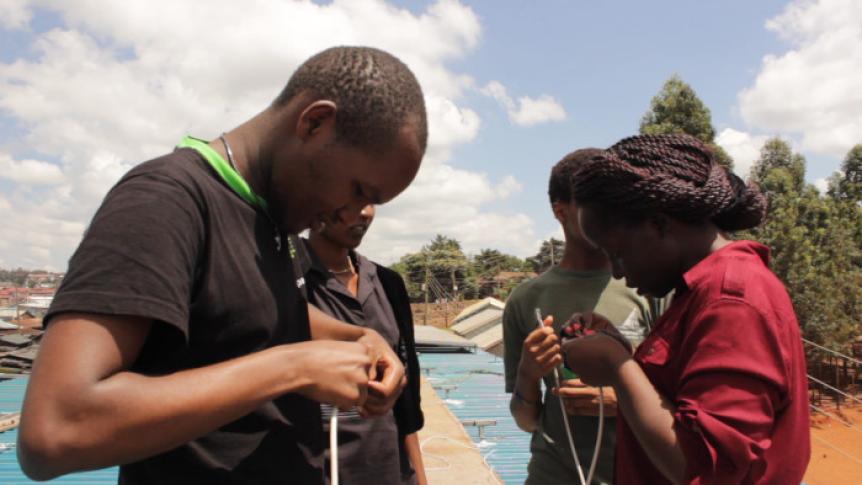
This article was originally published on the website of APC member organisation Kenya ICT Action Network (KICTANet)
The Communications Authority of Kenya (CA) formulated a Licensing and Shared Spectrum Framework for Community Networks, with contributions from KICTANet, the entire community, and other partners (the Association for Progressive Communications (APC), the University of Strathclyde, Glasgow, Scotland, and supported by the United Kingdom’s Digital Access Programme)
CA has released the guidelines, application forms, and compliance forms for operators to apply for the community network license under the Unified Licensing Framework. The documents currently on the CA website are:
- Community Network and Service Provider License Application Form 1-TL-8
- Community Network and Service Provider Compliance Return Form
Community networks are now under the regulatory ambit in Kenya. The license application fee is Ksh1000, with an annual renewal fee of KSh5000. The license is valid for 10 years. The community network will be limited to a subcounty. This is considered affordable compared to the lowest fee in the Network Facilities Provider license where an initial license fee is Sh200,000.
Community networks are a way to bridge the connectivity gap where people come together to build and maintain the necessary infrastructure for Internet connection. Internet by the people, for the people. The ball is now on community network operators to show complementary access solutions can provide an alternative means to give meaningful connectivity to the masses.
In Kenya, communities organise themselves around communal models or “chamas” for ease of accessing services. For example, dependable piped water continues to be provided through community solutions. Examples abound of communities that pool resources together to dig boreholes and pipe water to different households. Each household then contributes a small amount to maintain the system on a non-commercial basis.
In a similar fashion, communities can now organise themselves in such a model so as to supply and provide internet services through community networks.
The advantage of an internet network that is set up this way is that it has collective ownership, helps in the growth of local economies, and promotes local content development.
The licensing framework will further create a mechanism to attract existing community networks that have been operating outside the regulatory ambit into the overall regulatory framework.
The framework integrates a new licensing category for community networks within the Unified Licensing Framework. The license will be exclusively for community-based organizations or other forms of non-profit collectives. This is aimed at encouraging members of the community to participate in the governance, design, and operationalisation.
Tier3 license allows a licensee to deploy communication infrastructure within a specific region using any form of technology except Satellite Communications because of its borderless nature.
However, if a community network grows into a commercial model and expands beyond a subcounty, it will have to upgrade into the commercial license under the unified licensing framework as set out by the Communications Authority (CA).
Rural and urban areas that are perceived as commercially unviable have historically remained literally in the internet darkness. This is the promise of USF and Community Networks, namely providing a beautiful confluence of purpose.
Finally, the licensing framework gives recommendations on how license-exempt spectrum (frequencies allocated for communication over the airwaves) can be utilised more effectively, and in ways that will strengthen collaborations with service providers.
This will foster standards and regulatory inclusion, and review of spectrum fees that recognise the need for significantly reduced tariff for underserved/rural areas.
The bigger picture for community networks is to bring more people online such as the children forced to learn online while preparing for their KCPE and KCSE exams, or the mwananchi forced to apply for a birth certificate or a driving license using the myriad of e-government services. Other examples include the smallholder farmer searching for better farming techniques online, or even general information resources that the internet provides.
The bigger operators may one day take the internet to everybody, but for the marginalised, they cannot wait any longer. They now want the same opportunities for their child, for their farm, for their economic empowerment just to mention a few.
In reality, community networks will ensure nobody is left behind. Progress, together, through The Power of Communities.